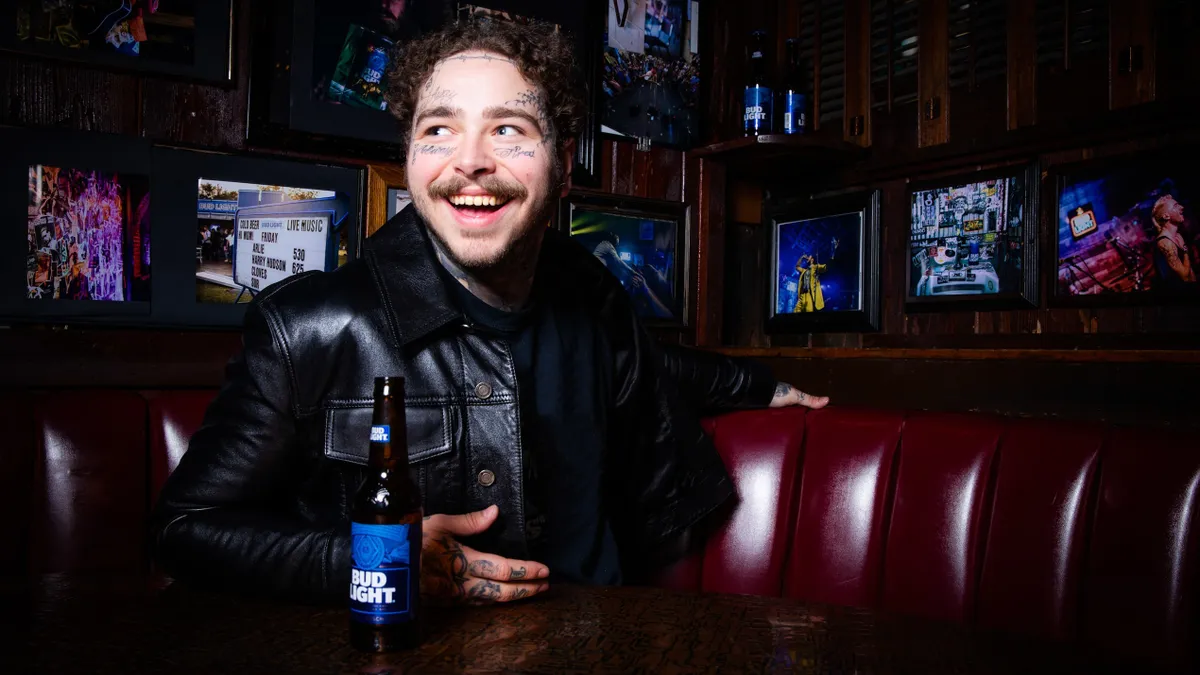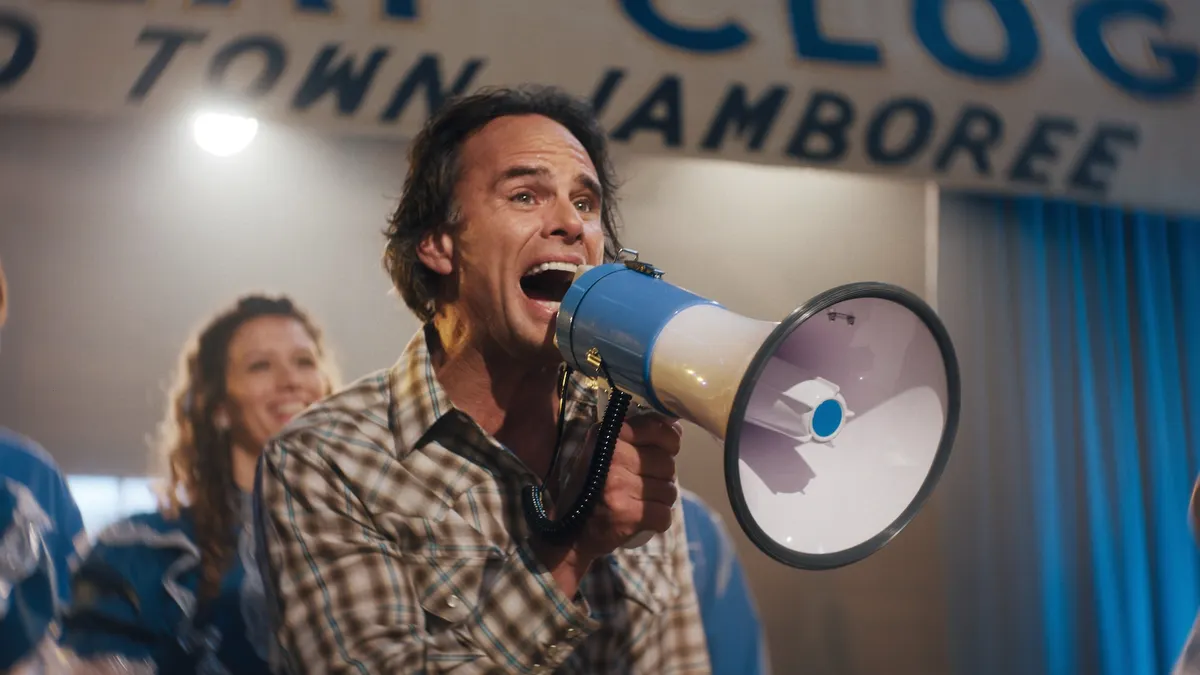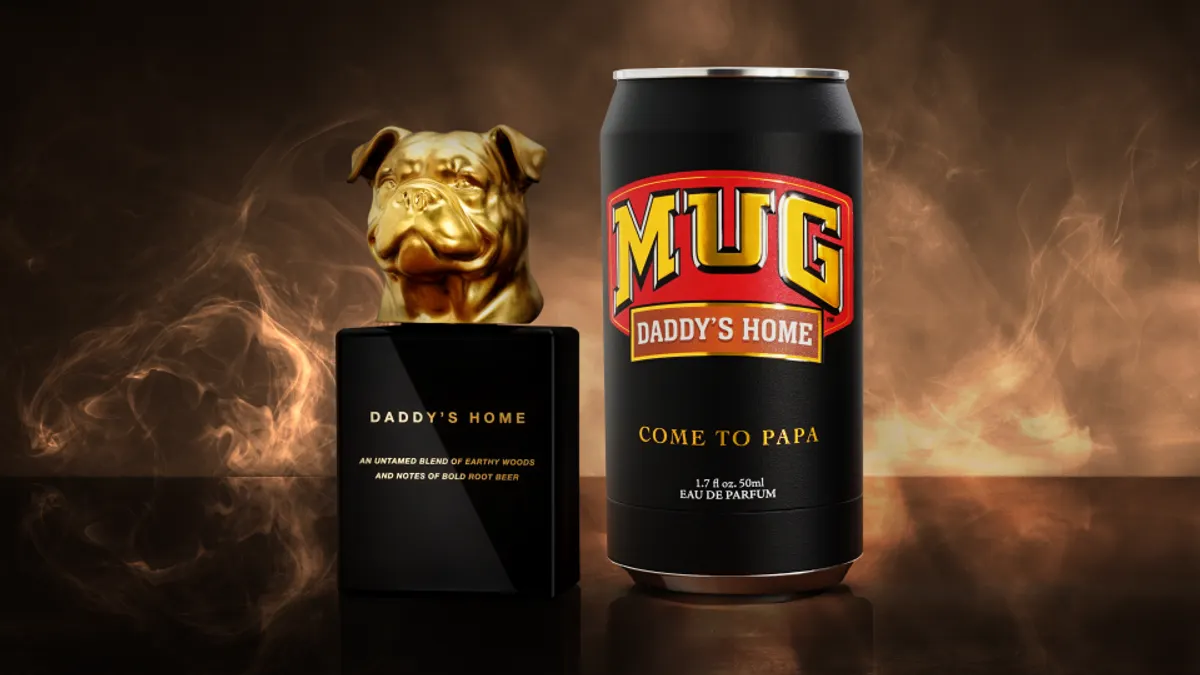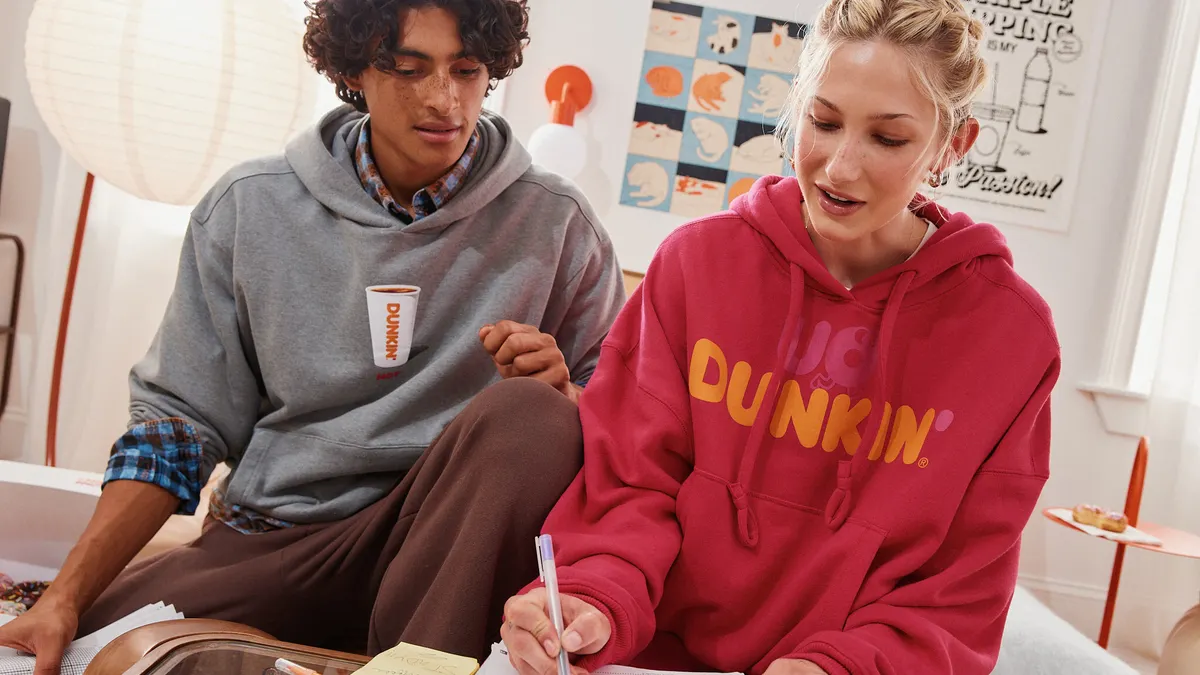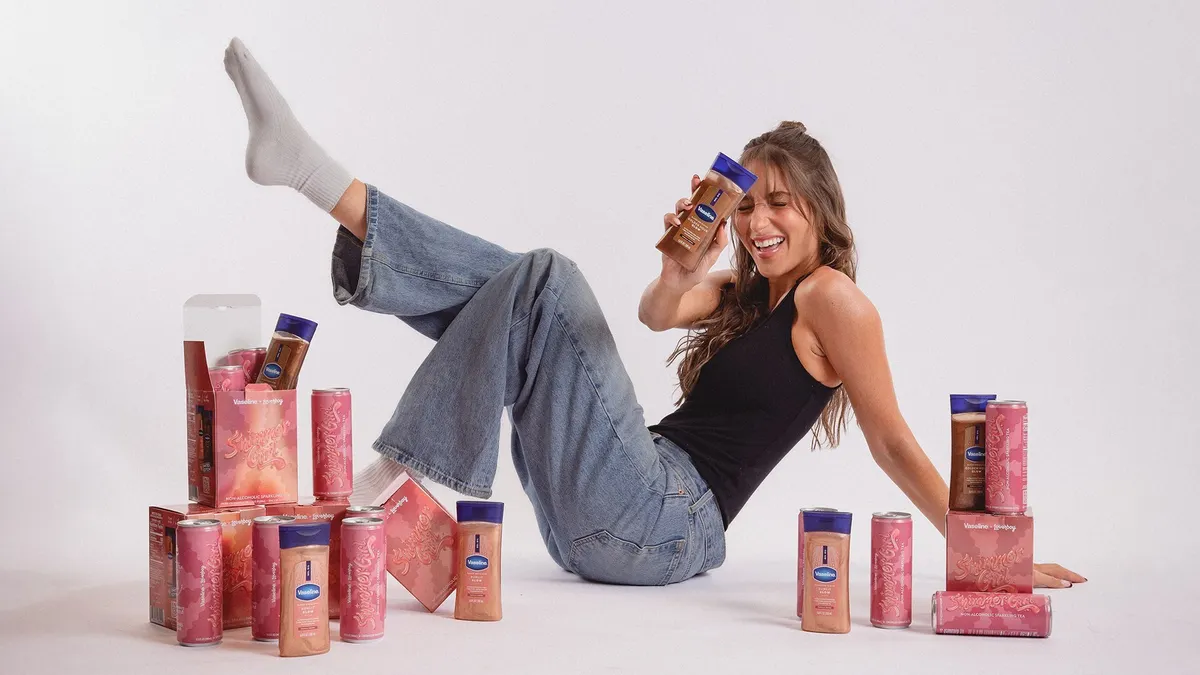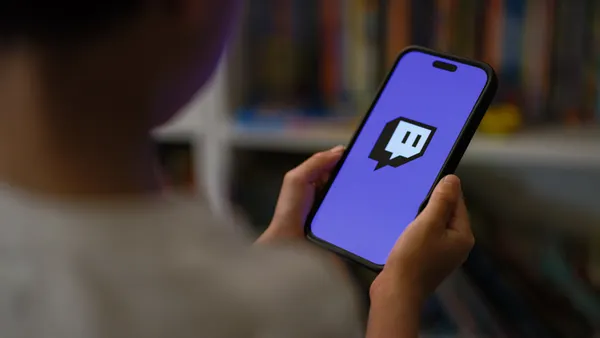Marketers remain eager to tap into influencer culture, as evidenced by the recent rush of campaigns where social media stars and Hollywood celebrities alike have designed menu offerings, collaborative products and more for brands ranging from McDonald's to AB InBev. Such partnerships can be remunerative while moving a brand's position to the front of the online conversation. But there are also plenty of tie-ups where product and influencer mismatch, resulting in marketing that reads as inauthentic and out of touch.
To avoid the appearance of "clout chasing" — latching onto a trend simply because it's popular and without considering the proper fit — brands need to step beyond desk work and cursory Google research to instead embed themselves in the communities and lifestyles where their influencer talent resonates, speakers said during a prerecorded panel at South by Southwest. Failing to do so will lead to a misalignment of values that makes the transactional nature of the influencer relationship obvious to consumers, and therefore ineffective.
"That code that we subscribe to in the street or with some of our cultural heroes, and then the code of the brand — if those things are not aligned, then you're already off to a s---show partnership," John Petty, III, head of social at agency Wieden + Kennedy and the moderator of the virtual discussion, said.
"It has to be aligned otherwise it's going to feel like 'hashtag ad,'" Petty added later, referencing a common influencer marketing disclosure.
One way to have a more authentic allegiance with an influencer, and subsequently connect more with their fans, is to give them a meaningful ownership stake in the brand, speakers said. Several panelists pointed to Jay Z's recent deal with LVMH, where the luxury giant acquired 50% of the artist and entrepreneur's champagne line Armand de Brignac, or "Ace of Spades." Bud Light's yearslong work with Post Malone, which has evolved to include two consecutive Super Bowl campaigns, was also in the spotlight.
Along with pricey TV spots, the beer brand has put on several Bud Light Dive Bar Tours headlined by the musician and created the best-selling merchandise campaign in parent company AB InBev's history, Shana Barry, Anheuser-Busch's head of music and entertainment, said during the discussion. Crucially, Post Malone was a known Bud Light fan before striking a formal deal with the brewer, making his endorsement genuine and a stepladder to more significant work.
"Every year when we reset, we talk about, what is something that Bud Light can do for you that no other brand could?" Barry said. "All of us could write a check to an artist ... [the question is] why do we want to keep working together?"
Speaking the language
Consumers are now familiar with what sponsored content looks like — the #ad disclosure can be flipped into a mocking comment by people that recognize an obvious endorsement — meaning marketers must adopt a more nuanced outreach strategy.
"If you know that I'm paying him to say that this is a cool product, I f----d up," said Michael Camargo, owner and founder of The Upscale Vandal Group, a branding and marketing firm.
Communicating authenticity in influencer messages manifests in ways both large and small. Post Malone, for instance, only sporadically uses capital letters or periods in his social media posts, a style that Anheuser-Busch adopted for its marketing around the artist, per Barry.
"A very specific tactic is talent copy: This is what we want you to say when we're in campaign mode," Barry said.
Marketers and their agency partners must also recognize that influencers may excel in their own field, but not necessarily be deft brand builders. Threading the needle between the influencer's interests and a brand's requires close communication and some outside-of-the-box thinking in the brainstorming process.
"They might be extraordinarily good at one thing, but when you're talking to them about this other thing, it's hieroglyphics," Camargo, who goes by Upscale Vandal online, said. "They count on us to find the synergy between them."
Camargo dished on a recent tie-up between McDonald's and J Balvin that revolved around a special meal the reggaeton star orders at the fast-food giant. J Balvin only periodically eats at McDonald's, but is passionate about his jewelry collection, so the effort evolved to include blinged-out pieces centered on the restaurant. McDonald's eventually teamed with shopping platform Ntwrk to give away some of the diamond-encrusted necklaces to fans of Balvin.
"For me to try to find little fake narratives for [Balvin] to connect to McDonald's products — everybody loves McDonald's. That's easy. How do you enjoy it?" Camargo said. "I always allow the artists to be the artist and I extrapolate what I want from when he's talking to me."
Redefining influencer marketing
Output like Balvin's for McDonald's or Post Malone's for Bud Light speaks to how marketers are thinking about influencers in ways that extend beyond one-off Instagram posts to instead encompass a larger sense of brand identity.
"We all work on brands that are going to be around for the next 10, 20, 30 years or more, so we can kind of put chips around and say who we think is going to pay off in the long run and who do we want to have these relationships with," Barry said. "Posty and [Bud Light] are now synonymous. Hopefully, it's felt; we protect it a bunch."
As measuring the reach and sales impact of influencer marketing improves, the threshold for success could also be higher on the talent end. Microinfluencers may command smaller followings, but they can make penetrating particular markets easier down to the local neighborhood level. In some cases, that can be more valuable than enlisting A-list stars.
"At the end of the day when we talk about influencers, to me that just means one thing: Do you have the ability to drive action?" said Joel Rodriguez, executive director of engagement planning at the shop Translation. "It's not just, are you the most famous person for this specific message? Can you make somebody do something?"
Marketers at the same time are growing bolder in their pick of influencers, striking deals with partners that risk alienating certain consumer groups. Nike and Wieden + Kennedy in 2018 debuted a campaign with Colin Kaepernick, the athlete and social justice activist who drew the ire of conservatives when he kneeled as a form of protest during the national anthem. The effort drew accolades for Nike but also resulted in boycotts against the brand, the type of backlash that has become a regularity for marketers that place bigger bets on cause-oriented output.
"You're either striking a chord with the people if you do it right, or you're striking a nerve ... because it's not for them," Rodriguez said. "But that just says you're clear on who this is for and who this is not for."
"When you're looking at work like [the Kaepernick campaign], if people are not burning their sneakers in their backyard, you're doing something wrong," Wieden + Kennedy's Petty added.
That said, marketers should also retain a level head and keep in mind the goals of their client or their brand when placing their trust in influencers.
"When we do a commercial or we do a product or a collaboration, we have to keep our eye ... on people that we struck a nerve with: Are they the dying consumer? Are they the future of consumership?" Camargo said. "Do they leave more at the register to our client than the one who's culturally relevant? That's a big, overlooked problem."


